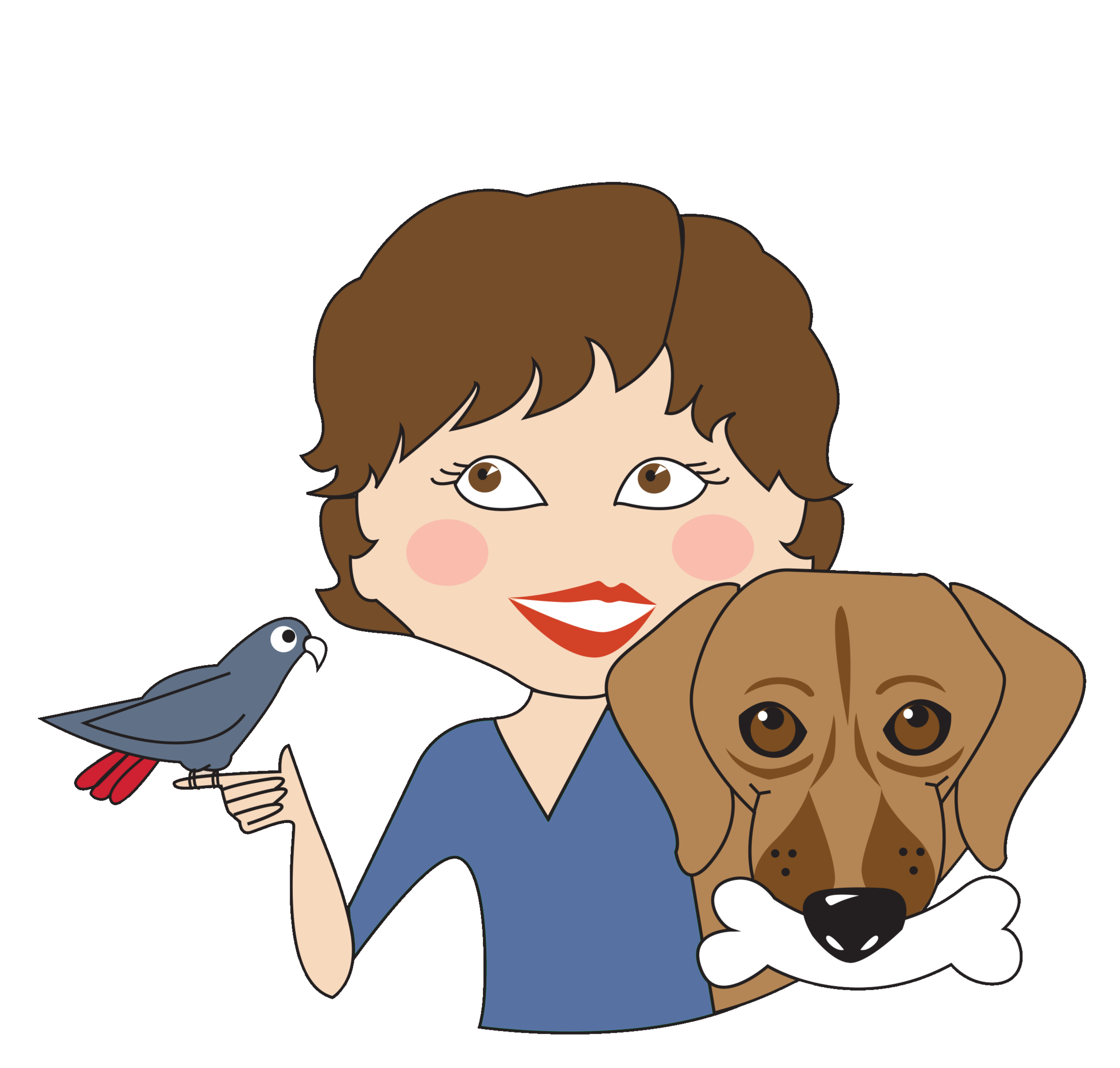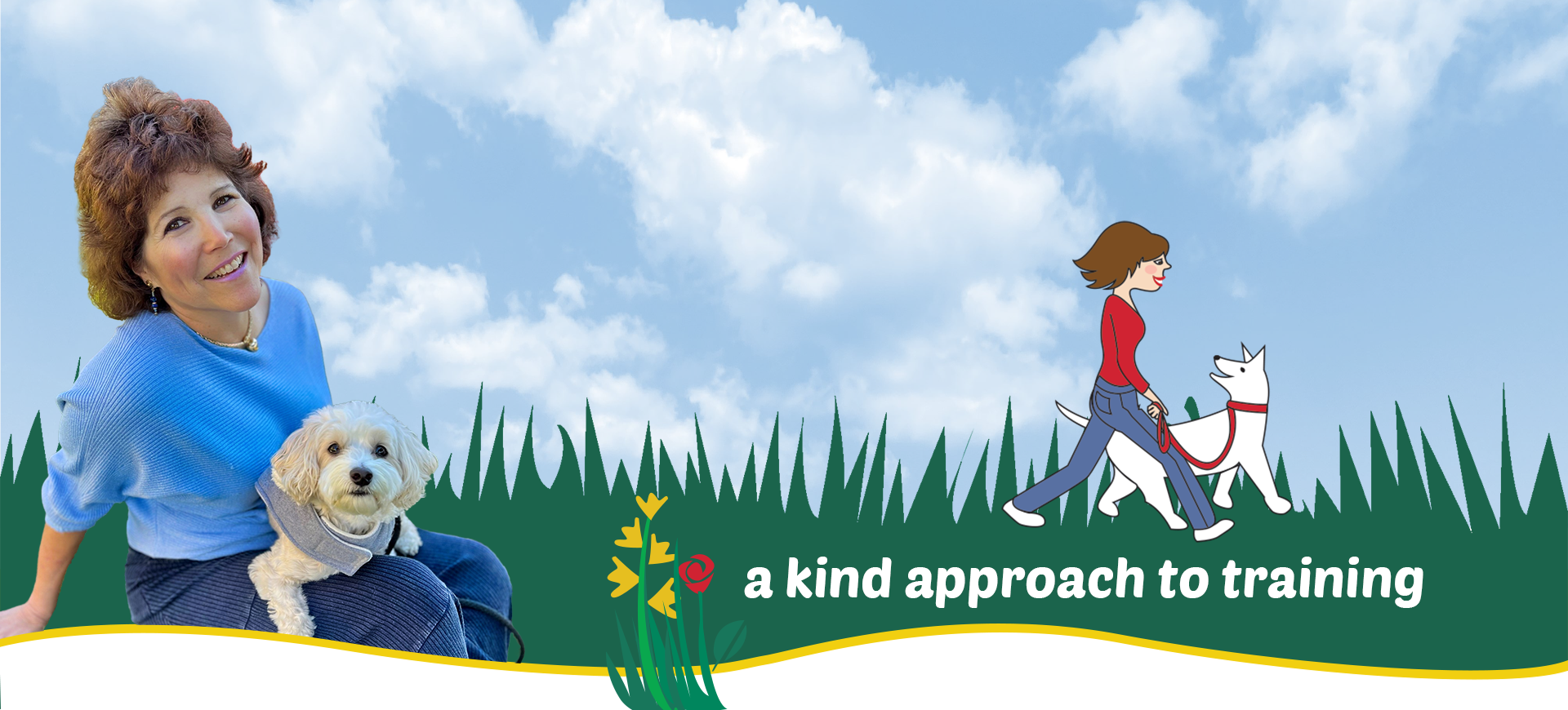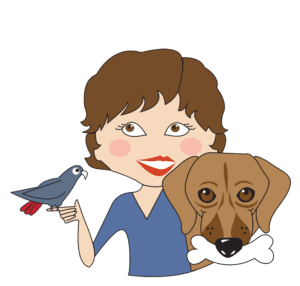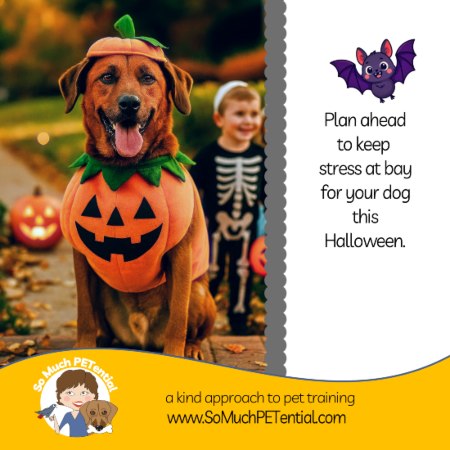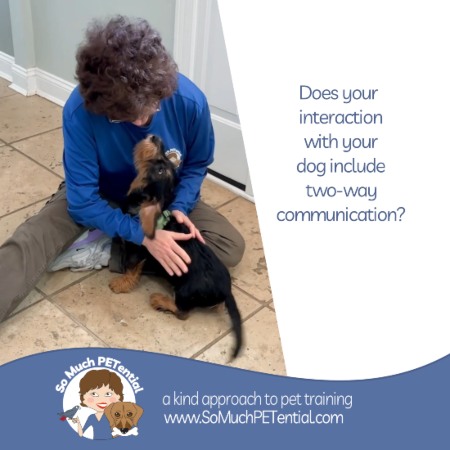Understanding and responding to your dog’s body language and dog stress signals is a very important piece of keeping everyone safe and preventing dog bites. Parents, these safety tips are especially important when your home includes a family dog with a newborn baby, toddler, or child; also when guests come to visit.
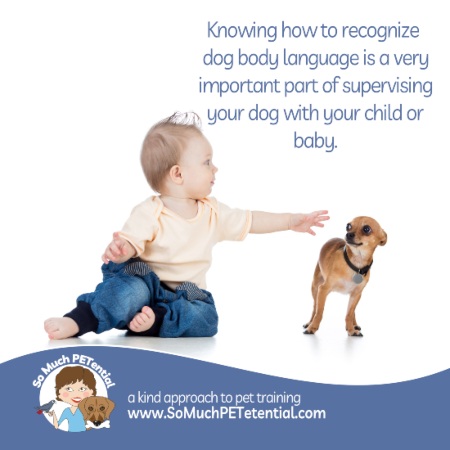
In this photo of a toddler and a dog, what dog body language do you see?
Knowing how to recognize dog stress is a very important part of parents supervising the family dog with their baby, toddler, or child. In this photo, it looks like the toddler is looking at someone other than the dog so more than likely it is a posed photo. If it was real life, that same toddler would more than likely also be looking at the dog which could make the situation more stressful for the dog, as direct eye contact can cause dogs to feel uneasy.
Let’s practice interpreting how that dog is communicating it wants distance. Before reading further, write down what you see.
Here is what I see:
ears pinned back
tense facial and body muscles
eyes fixated on the toddler’s hand
eyes showing white around the edges
tightly closed mouth
body leaning away
tail tucked
The longer this interaction is allowed to continue, the more the dog’s stress will escalate and the greater the bite risk.
Are you expecting a baby or do you have a toddler or young child? As a Family Paws licensed parent educator, please reach out if I can support your family to have lower stress, increased safety, and more fun with your dog. Visit my Support for Growing Families page or my Kids and Dogs page to learn more.
When it comes to your own pet (or pets you come in contact with), watch for these common stress signals in your dog:
Tightly closed mouth
Turning, shifting or moving body away
tongue flick
breathing change – rapid panting/heavy breathing
body shake off
yawning
whites around the eyes
stiff body muscles
inability to settle
inability to focus
lowered body posture
humping
zooming
excessive mouthing
rolling onto back (depending on the context, often seen with other stress signals)
excessive grooming
hypervigilance scanning the environment
blinking
speeding or slowing down the pace of eating
turning away from food
It is important to note the context as some of these behaviors may mean different things in different contexts. A dog may jump on the sofa next to you and flop over on his back indicating wanting a belly rub; however, if you lean over a dog and that dog rolls over, it very well could mean the dog is asking for distance. Often you will see more than one stress signal at a time.
Red Alert Dog Warning Signals
stiff body staring directly at the trigger
piloerection (raised hair along the spine referred to as hackles)Growling
snarling
lunging
snapping
deep barking
If you see the Red Alert Dog Warning Signals, you more than likely have missed your dog’s earlier discomfort signs causing your dog to have to escalate his distance increasing behaviors.
DO NOT punish your dog for communicating with Red Alert as you will be removing your dog’s last defensive communication before resulting in something worse – a bite. DO intervene IMMEDIATELY and give your dog space. Avoid making loud, deep noises or sudden movements. Avoid directly staring into your dog’s eyes. DO come up with a plan to prevent this escalation in the future.
And DO reach out to me or another qualified trainer to help.
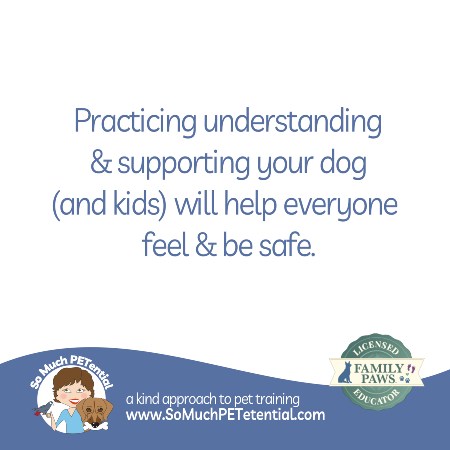
Here are some videos that these and more signals, and how to recognize them:



